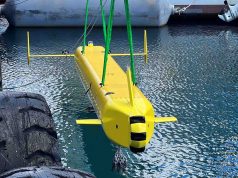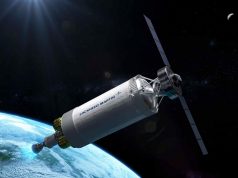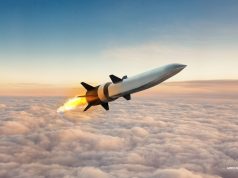Pentagon’s research agency DARPA has selected nine teams for the Gamebreaker artificial intelligence (AI) exploration program which seeks to develop and apply AI to existing open-world video games and see how lessons learned could help the US Armed Forces.
Gamebreaker will assess game balance, identify underlying parameters that significantly contribute to balance, and explore new capabilities, tactics, and rule modifications that are most destabilizing to the game.
The commercial gaming industry has a long-standing interest in maintaining game balance as balanced games are typically more entertaining, and market pressures help drive their development. In future conflicts, DoD investment is designed to maximize imbalance to create an advantage or to seek equilibrium when an adversary is seeking an advantage.
“If we can figure out a generic method to assess and then manipulate balance in commercial video games, my hope is that we might then apply those AI algorithms to create imbalance in DoD simulated war games used to train warfighters for real-world battle,” said Lt. Col. Dan “Animal” Javorsek, the Gamebreaker program manager in DARPA’s Strategic Technology Office.
Video games have come a long way from Atari and Nintendo that most of the DoD leadership grew up on. A number of advanced commercial video games involve realistic command and control, campaign planning, and strategy development, which are very relevant to the military. Games of strategy like chess or weiqi (the Chinese name for Go) often related to military strategy also serve as the developmental playground for AI research. After conquering sequential perfect information games, AI has moved into the much more dynamic environment of real time strategy video games. Rather than starting from scratch, Gamebreaker aims to leverage the gaming industry’s significant AI development in these areas and build on them for purposes unique to the DoD.
Each of the selected teams proposed two games they’ll try to break. The AI used to break the first game will be tested on a second game. The two-game approach is designed to validate that an AI methodology can be extended beyond a single video game and could potentially be applied to advanced DoD wargaming scenarios.
Aurora Flight Sciences is teamed with MIT and will use StarCraft II and Google Research Football, while BAE Systems and UC Santa Barbara and AIMdyn will use StarCraft II and the AFRL Strategem Wargame.
Blue Wave AI Labs will use SpringRTS: 1944 and OpenRA. EpiSci will use miniRTS and StarCraft II. Heron Systems will use DeepRTS and StarCraft II. Lockheed-Martin is teamed with Cycorp and will use Multi-agent Particle Environment and SpringRTS: 1944. Northrop-Grumman has teamed with Hazard Software and Matrix Games and will use Command: Modern Operations and TORCS. Purdue University will use microRTS and StarCraft II Radiance Technologies is partnered with BreakAway Games and will use FreeCiv and Zero-K.
The first phase of the program will conclude early next year when teams will demonstrate their methods of empirically assessing game balance in the first of their two games.



























